Starstruck: Is Chasing Charity Ratings Strangling Your Nonprofit?
It happens all the time: an organization is evaluating a big expenditure and someone on the team mentions how it might affect the number of stars the organization will receive from a charity ratings service. Over the last 20 years, I’ve witnessed hundreds of organizations that have made decisions based on maintaining or increasing the number of stars they received. But they do it at the expense of investing in their futures.
In hopes of preserving or gaining stars, many nonprofit leaders axe important initiatives that don’t produce significant net revenue (like donor acquisition and hiring major donor gift officers). At the same time we’ve seen a rise in overvaluing in-kind gifts and a rush to allocate as many expenses to programs (legitimately or not). Organizations have become focused on becoming more and more efficient because efficiency is the primary measure of success in the world of charity ratings. But efficient doesn’t equal effective.
Let’s look at it in a slightly different way. A new guide rates a local restaurant as 4 stars. On your first visit, you are quickly seated and the menu has a long list of low-priced, well-described items. At the bottom is a note that adds, “Your entrée in 15 minutes or it’s FREE!”
Immediately your waiter arrives and takes your order. Your drinks are on the table within three minutes of sitting down and attentively refilled. Just as the 15 minute mark approaches, your food arrives. And with the first bite, you discover the food is disgusting. Absolutely horrible.
You pull out your cell phone and check the app to see their rating criteria. Very clearly it states that restaurants are rated by their efficiency (delivering food quickly at a low cost) and how accountable and transparent they are in their practices (ingredients on the menu, etc.).
There’s nothing to the rating that had anything to do with how good the food tasted –its main mission! How long do you think this restaurant has left before the doors close?
Efficiency isn’t bad in and of itself. But when efficiency comes at the expense of effectiveness and long-term sustainability it should be questioned. If you look at most of the benchmarks throughout the non-profit world, organizations today have fewer donors giving than they did just five years ago. I don’t think that it’s a coincidence.
The focus on efficiency is the result of the abuses that some organizations have made in taking all of the donor’s gifts and using them in ways that aren’t in keeping with the donor’s intent. They’ve kept too much money for themselves and they’ve spent too much money on churning dollars through endless marketing activities. Efficiency is important to donors, but not as important as outcomes. I’ve found that when organizations sit down with donors and explain the investments that they’re making not only in their futures but in the outcomes, donors not only understand but are supportive of those efforts.
The next time you are sitting around the budgeting table contemplating cutting an opportunity to invest in your organization’s future, ask yourself why you’re doing it. Is it to please some outside third party or is it in the best interest of your organization? Only you can answer that question.
Related articles
-

What to Think of Artificial Intelligence and Its Impact on Fundraising . . .
In trying to summon an image to represent our theme for this issue of Donor Focus, I found myself drawn…
-

Fundraising Meets Artificial Intelligence
In this article, we’ll explore the captivating realm of AI-powered fundraising efforts—the boundless benefits and intriguing challenges that arise when…







